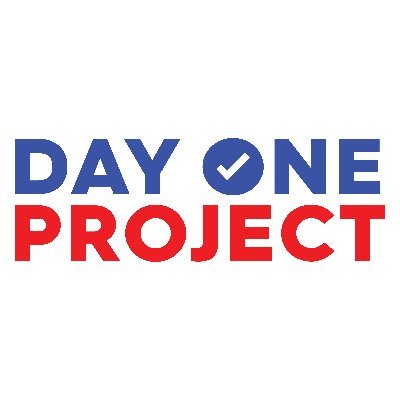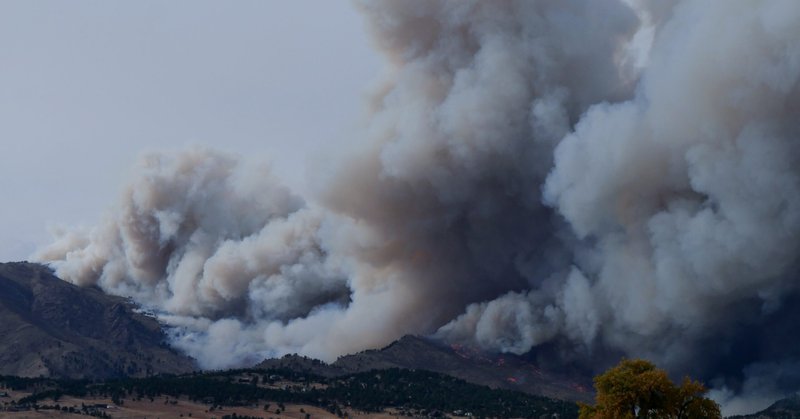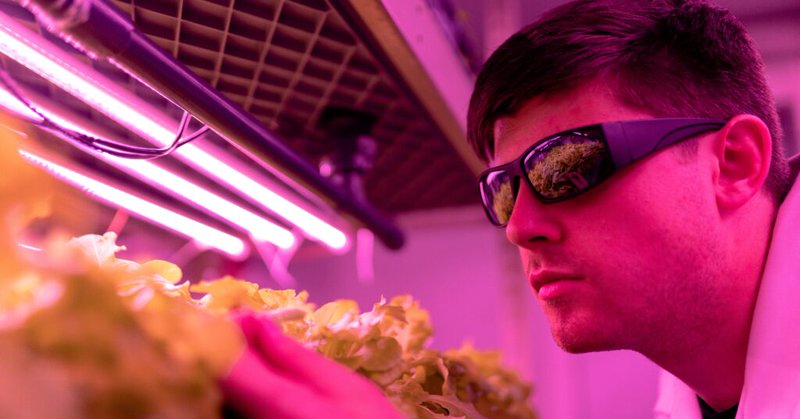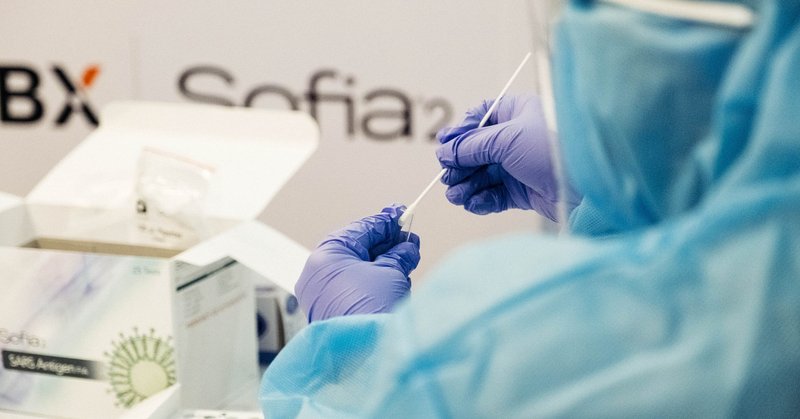
Day One Project
@Day1Project
Followers
2K
Following
1K
Media
33
Statuses
2K
A nonpartisan project based out of @FAScientists working to develop & implement innovative and actionable ideas in science and technology policy.
Washington, DC
Joined October 2019
Crucial policies are too often set by the same few people talking to each other. Our Science Policy x Equity Accelerator will break that cycle. Join us, @FAScientists, and @TheNext100 to get underrepresented voices in climate and health policy heard 🧵.
fas.org
1
7
9
As biotechnology advances, consumers face a myriad of new ingredients and labels to parse through at the supermarket. The USDA should clarify these labels to improve customer knowledge.
fas.org
Comprehensive food labeling regulation reform can help consumers avoid deceptive marketing and allow farmers and grocers to compete fairly.
0
1
2
Preventing opioid relapse and overdose post-release can prevent recidivism, and improve an individual’s life after time in jail. However, cost, accessibility, and distribution barriers to MOUDs make solving this facet of the opioid epidemic difficult.
fas.org
To address the opioid crisis, DOJ and CMS should facilitate the accessibility of medication for opioid use disorders and train professionals.
0
0
0
Our current models for simulating wildfire cannot reproduce the extreme fire behavior and rapid ecosystem change that is becoming more common. Developing next-generation models will be necessary for both fire suppression and management planning.
fas.org
Our current models cannot predict this extreme fire behavior—nor can they reproduce recent catastrophic wildfires, making them likely to fail at predicting future wildfires or determining when it is...
0
0
1
In the U.S., more and more people are being exposed to wildfire smoke—27 times more people are experiencing extreme smoke days than a decade ago. For just 4% of our current annual wildfire spending, we can stop preventable smoke-emergency deaths.
fas.org
Data infrastructure critical for identifying and minimizing smoke-related hazards is largely absent from our wildland fire management toolbox despite its life-saving potential.
0
0
0
As the largest science funder in the world, the U.S. federal government provides enormous potential to expand the number of FROs that get launched over the next decade to accelerate scientific progress.
fas.org
To address the gap between academic and commercial incentives, the U.S. government should fund centralized research programs, known as FROs, to address well-defined challenges.
0
2
6
Historically, U.S. investment in transportation has focused on expanding and developing highways. As a result, 45% of Americans do not have access to reliable and safe public transportation. Public-private partnerships can fix that.
fas.org
Improving and expanding green public and active transportation will be crucial for equitably decarbonizing the transportation sector: here’s how the government can make funding for public transit...
0
0
0
Building a semiconductor workforce and ecosystem is hard, but well worth the effort. Endless Frontier Fellow Ryan Buscaglia sits down with BRIDG to discuss the Economic Development Administration award Osceola County, Florida won.
fas.org
BRIDG is not-for-profit public-private partnership located in Osceola County, Florida providing semiconductor R&D and production capabilities to industry and government. Here's how their region...
0
0
0
The $350B space industry could grow to more than $1 trillion by 2040, spurring international interest in harnessing space resources. But this interest brings a challenge: existing international agreements aren't prepared for business.
fas.org
The United States should take the diplomatic lead in developing multilateral protocols to resolve conflicts and facilitate the peaceful development of a space mining sector.
0
0
0
Most U.S. biomanufacturing facilities are built to produce a specific product, making it difficult to repurpose them for alternative products, slowing down the growth of the bioeconomy and stifling competitiveness.
fas.org
The U.S. is facing a shortage in both pilot-scale and manufacturing-scale biomanufacturing facilities that severely hinders product development and commercialization.
0
1
0
Those who seek to scale promising ideas face a funding continuum filled with gaps, high-transaction costs, and unpredictable variability. Expanding the SBA's secondary market capacity can bridge the gaps and help entrepreneurs access the capital they need.
fas.org
Interagency Community Investment Committee agencies should partner with the Small Business Administration to use their existing authority and infrastructure to pilot a secondary market for their...
0
0
0
We need *65,000 miles* of pipeline to achieve net-zero by 2050; but the standards aren't currently up to the task. From Team @bakerhughesco, here is how composite pipes can help us go green🌱 while being green themselves.
fas.org
The U.S. would need 65,000 miles of pipeline to achieve net-zero emissions by 2050. Here's how the Biden Administration can expanding the use of low-emission, composite materials to support a...
0
0
1
Digital harassment has real-world consequences. So let's develop real-world solutions.
fas.org
The authors propose that the White House Task Force to Address Online Harassment and Abuse convene government actors, civil society organizations, and industry representatives to create an Anti-Onl...
0
0
0
To support the development of an expansive and nimble biomanufacturing economy within the United States, federal agencies should ensure that the necessary inputs for creating biomanufactured products are as abundant and cost-effective as possible.
fas.org
Amino acids are essential but costly inputs for large-scale bioproduction. Federal funding can incentivize scalable production, cutting these costs in half.
0
0
1
The United States has the highest rate of maternal health disparities among all developed countries. New technological breakthroughs can save countless lives -- but only if we ensure equity.
fas.org
Maternal mortality is a crisis in the United States. The Biden-Harris Administration should establish an AI Center of Excellence to bring together data sources and then analyze, diagnose, and address...
0
0
0
By leveraging clinical trials and advance market commitments, the U.S. can use government cost savings to develop more affordable treatments that are currently not privately funded, explain @newzealandlaw and @nfiorenza @CrowdFundedCure .
fas.org
Summary By establishing a self-sustaining fund to incentivize pharmaceutical companies to develop new and improved treatment protocols using low-cost, off-patent and unmonopolizable therapies,...
0
3
6
The gig economy is growing, but protections for gig workers are woefully lagging behind. The Biden-Harris Administration can promote racial equity and support low-wage BIPOC workers’ unionization efforts by creating a National Bargaining in Good Faith Fund.
fas.org
People working in the gig economy, tech supply chain, and other automation-adjacent roles face a huge barrier to unionizing their workplaces. These roles, which are among the fastest-growing segments...
0
0
2
Now is the time for @USAID and @DFCgov to pilot new ways of working with the private sector that put countries on a path to high-impact, sustainable development that builds markets.
fas.org
Development aid can support local businesses, improve outcomes, and cut costs. Here's how a Supply Chain Commercialization Fund can work with the private sector and build resilient health supply...
0
2
5
Now is the time to ensure lending models offered by private companies are fair and transparent.
fas.org
Over the past decade, algorithmic decision-making has increasingly impacted the lives of American consumers, and now is the time to ensure lending models offered by private companies are fair and...
0
0
0
Here's where science stands in the skinny budget >> .
fas.org
On Thursday, President Biden kicked off the FY 2024 cycle with the latest budget request. This skinny version of the budget – full details of which will come on Monday – contained similar themes as...
0
0
1
RT @FAScientists: 21 million Americans are not connected to the internet, leaving them especially vulnerable during natural disasters, unab….
fas.org
Reliable internet access is a key tool for connecting communities and coordinating disaster preparation and relief, yet 21 million Americans lack connectivity. Congress and the Biden administration...
0
4
0




















